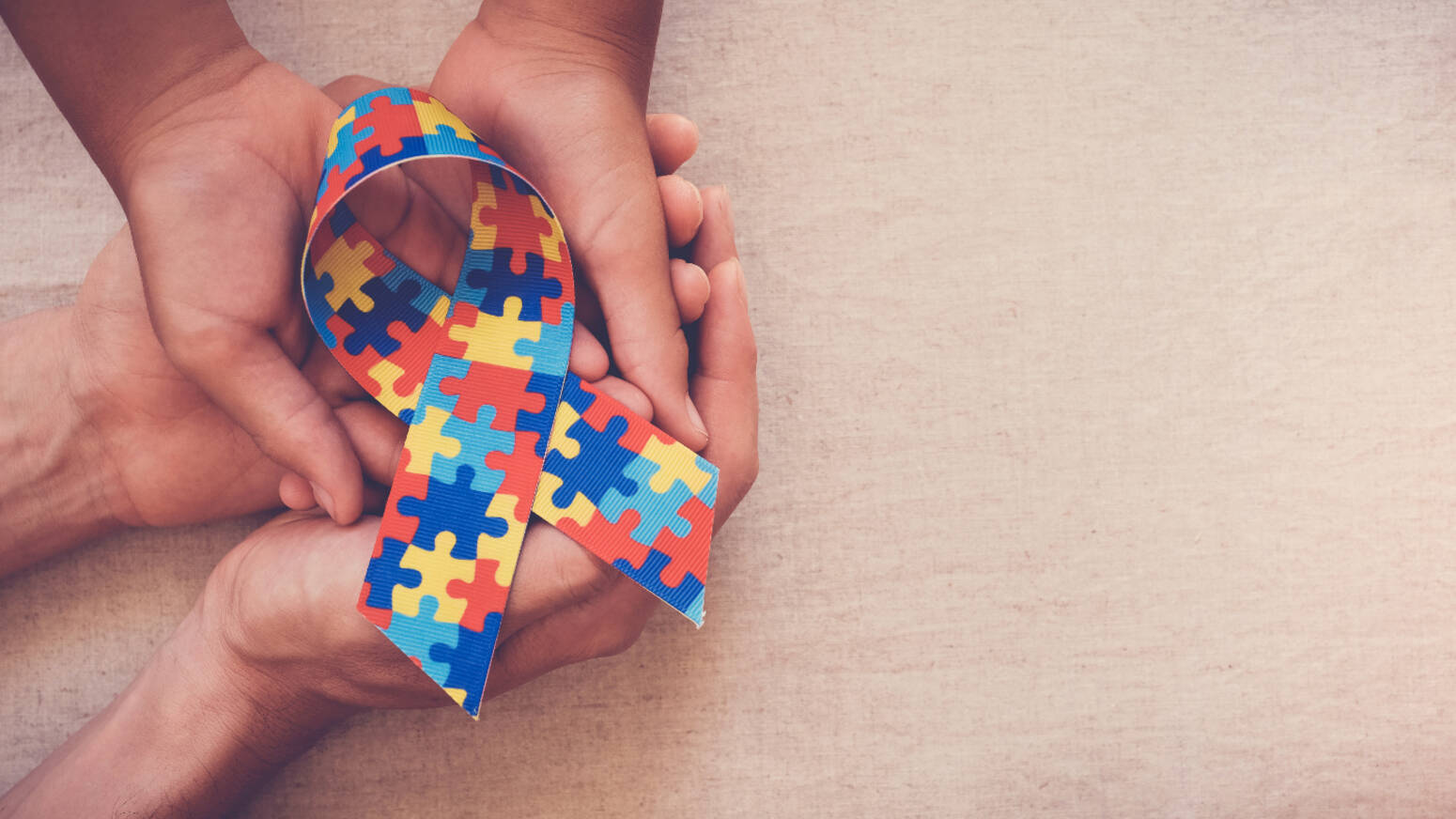When a child is diagnosed with autism spectrum disorder (ASD), it can mean that their diagnosis and symptoms are as unique as the child, because it is just that—a spectrum. Treatment is never one-size-fits-all, and the definition of what qualifies as ASD has expanded in the last decade. The Centers for Disease Control and Prevention reported a spike in diagnosis, with one in 36 children having the disorder in 2023, which is attributed to environmental factors, improved outreach, and increased awareness of ASD.
Difficulties with communication, social skills and interaction, and restrictive and repetitive behaviors, like preoccupation with patterns and routines, are often things kids grow out of, but in some kids, these are indicative of ASD. But with so many children now being diagnosed with ASD, just getting the diagnosis process started is difficult for many families. “Things have become very challenging because of the numbers seeking out evaluations,” said Nina Sand-Loud, MD, a child development pediatrician with Dartmouth Health Children’s.
For parents concerned that their child could have ASD, Sand-Loud recommends beginning by identifying your child’s challenges. Parents should determine what specifically in their child’s development and behavior concerns them, and what they observed, then raise those concerns with the child’s pediatrician. Next, talk with the child’s school or an early intervention program to get an evaluation if appropriate.
Initiating a school or early intervention program evaluation also means a child may be able to start treatment during the wait for an appointment. “We don't want a two-and-a-half-year-old waiting six months to see me before they get services,” Sand-Loud said. “That’s wasting valuable time. We know that from birth to age 5, the brain is ready to go, and so we want to get those supports into place. The goal of any diagnosis is to get support.”
When a child is diagnosed with ASD, treatment and intervention strategies are available and wide-ranging. They can include:
- Behavior and communication therapies, such as applied behavior analysis
- Educational therapies, which may take place at home, school, or in another location
- Family therapy to help parents and other family members learn to help promote social interaction skills, manage problem behaviors, and teach daily living skills and communication
- Additional therapies, which may include speech therapy to improve communication skills, occupational therapy to teach activities of daily living, and physical therapy to improve movement and balance
One of the most important things to remember is that ASD doesn’t equal a deficit. Children and adults with ASD can and do lead independent, happy and fulfilled lives, and supporting people with ASD and celebrating their neurodiversity benefits us all.
“People are putting a little too much focus on labels,” Sand-Loud said. “Everybody can have their differences. It's when those differences cause problems that we need to focus on them more.”
Some resources for families of children who have or may have ASD, in the Twin States and nationally, include:



